Domain And Email Forwarding For WHMCS
Contents |
About Domain And Email Forwarding For WHMCS
| Domain and Email Forwarding For WHMCS is a module .... |
- Admin Area Features:
| ✔ |
| ✔ |
| ✔ |
| ✔ |
| ✔ |
| ✔ |
- Client Area Features:
| ✔ |
| ✔ |
- General Info:
| ✔ |
| ✔ Multi-Language Support |
| ✔ Supports WHMCS V6 |
Installation
| This tutorial will show you how to successfully install and configure Domain And Email Forwarding For WHMCS. We will guide you step by step through the whole installation and configuration process. |
| 1. Log in to your client area and download Domain And Email Forwarding For WHMCS. |
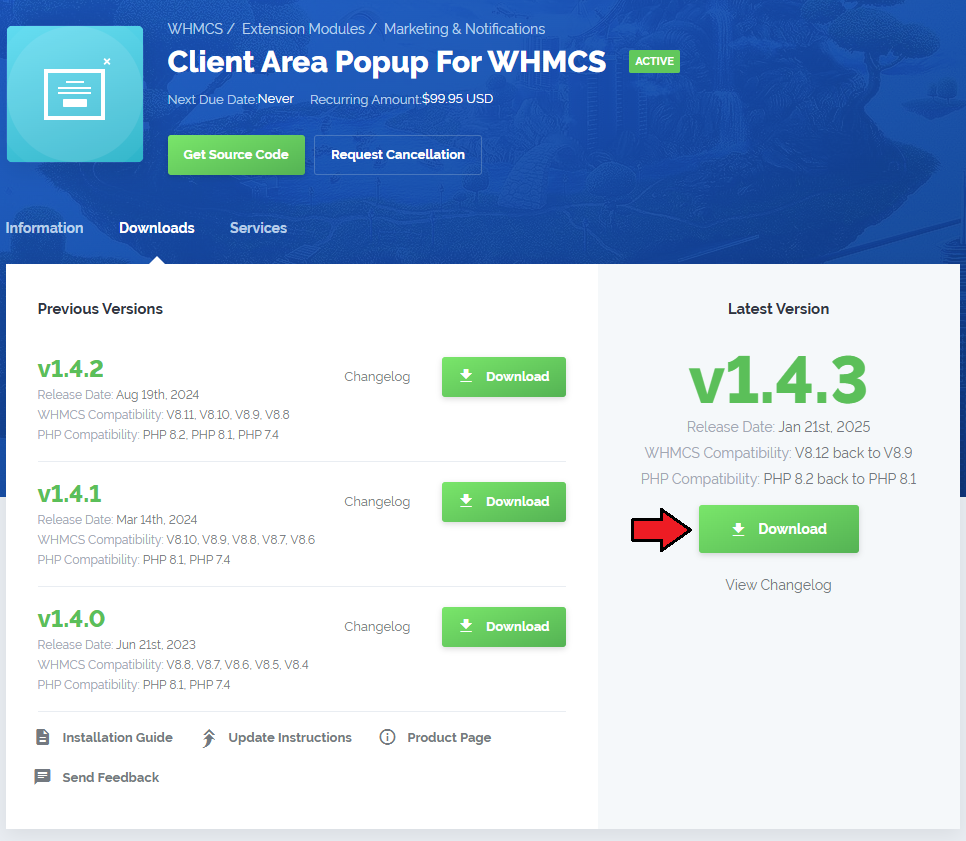
|
| 2. Upload and extract the module into the main WHMCS directory. Files in your WHMCS directory should look like on the following screen. |

|
| 3. When you install Domain And Email Forwarding for the first time you have to rename 'license_RENAME.php' file. File is located in 'modules/addons/DomainAndEamilForwarding/license_RENAME.php'. Rename it from 'license_RENAME.php' to 'license.php'. |
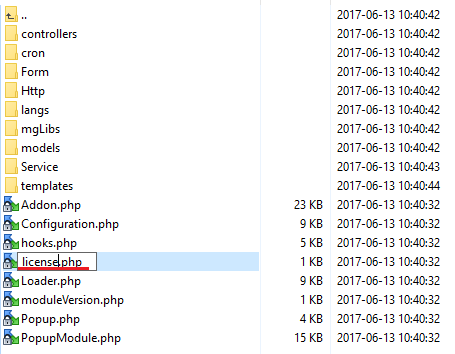
|
| 4. In order to configure your license key, you have to edit the previously renamed 'license.php' file. Enter your license key between quotation marks as presented on the following screen. You can find your license key in your client area → 'My Products'. |

|
| 5. Set permissions to file: 'modules/addons/DomainAndEamilForwarding/templates/clientarea/assets/popup' to '0777'. |
| 6. Now you have to activate the module in your WHMCS system. Log in to your WHMCS admin area. Go to 'Setup' → 'Addon Modules'. Afterwards, find 'Domain And Email Forward' and press 'Activate' button. |
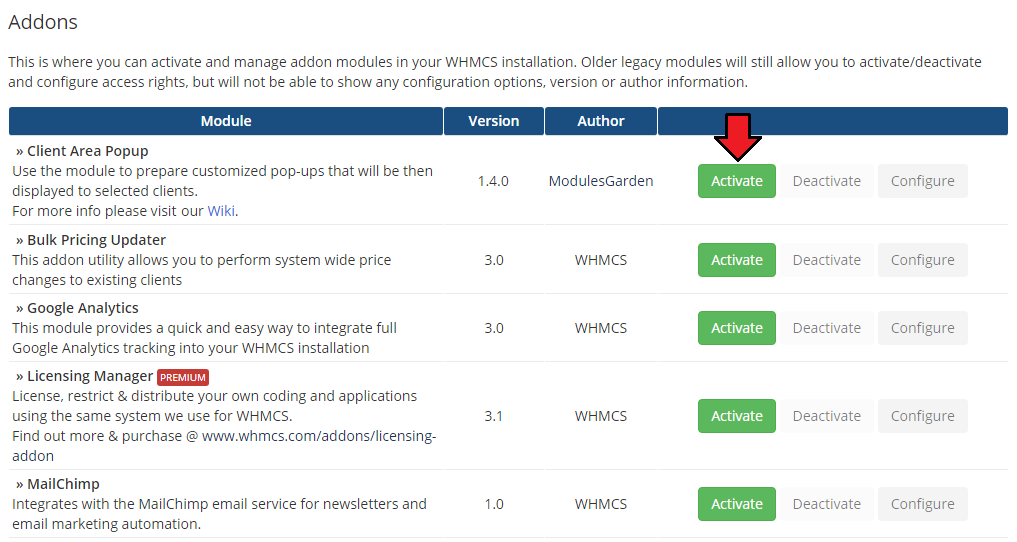
|
| 7. In the next step you need to permit access to this module. To do so, click on 'Configure' button, tick 'Full Administrator' and press 'Save Changes'. |
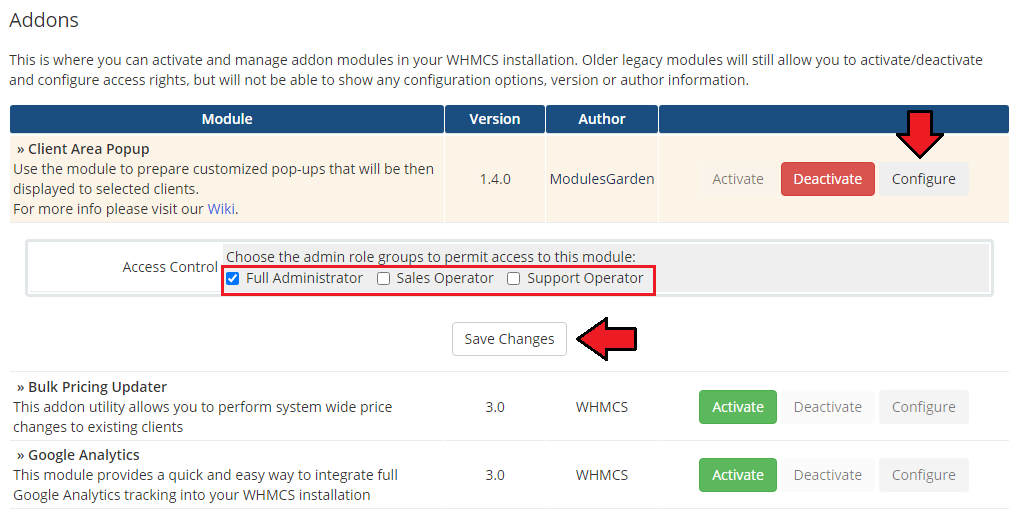
|
| 8. You have just successfully installed Client Area Popup For WHMCS! You can access your module under 'Addons' → 'Domain And Email Forward'. |
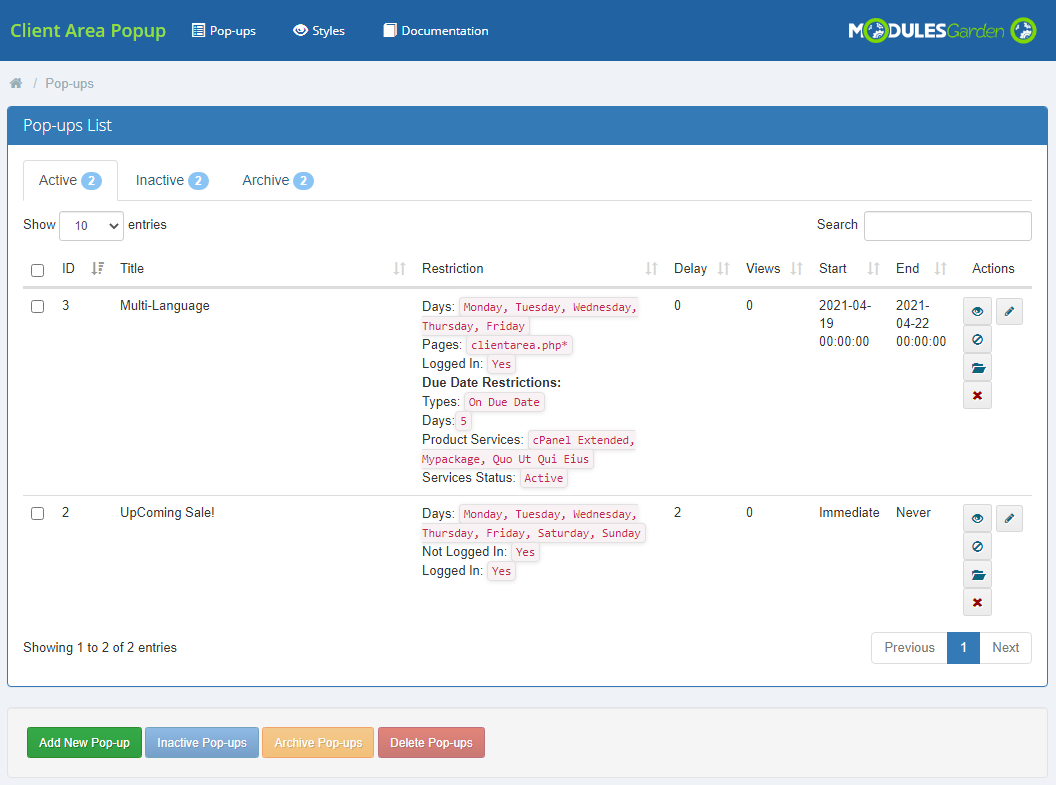
|
Configuration and Management
| blabal |
Documentation
| The last position in your navigation menu, when pressed, redirects to the article you are currently reading. |
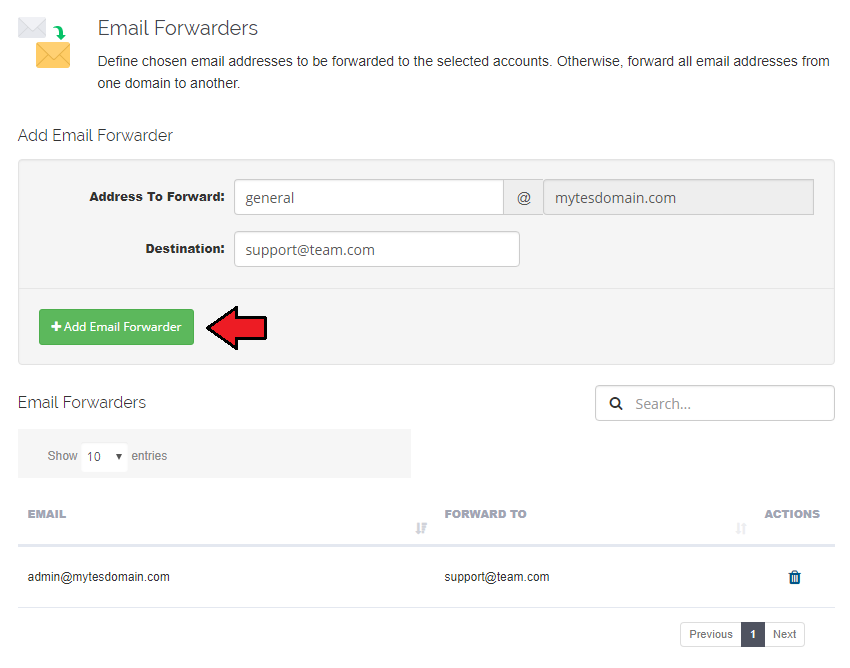
|
Tips
| 1. |
Common Problems
| 1. When you have problems with connection, check whether your SELinux or firewall does not block ports. |